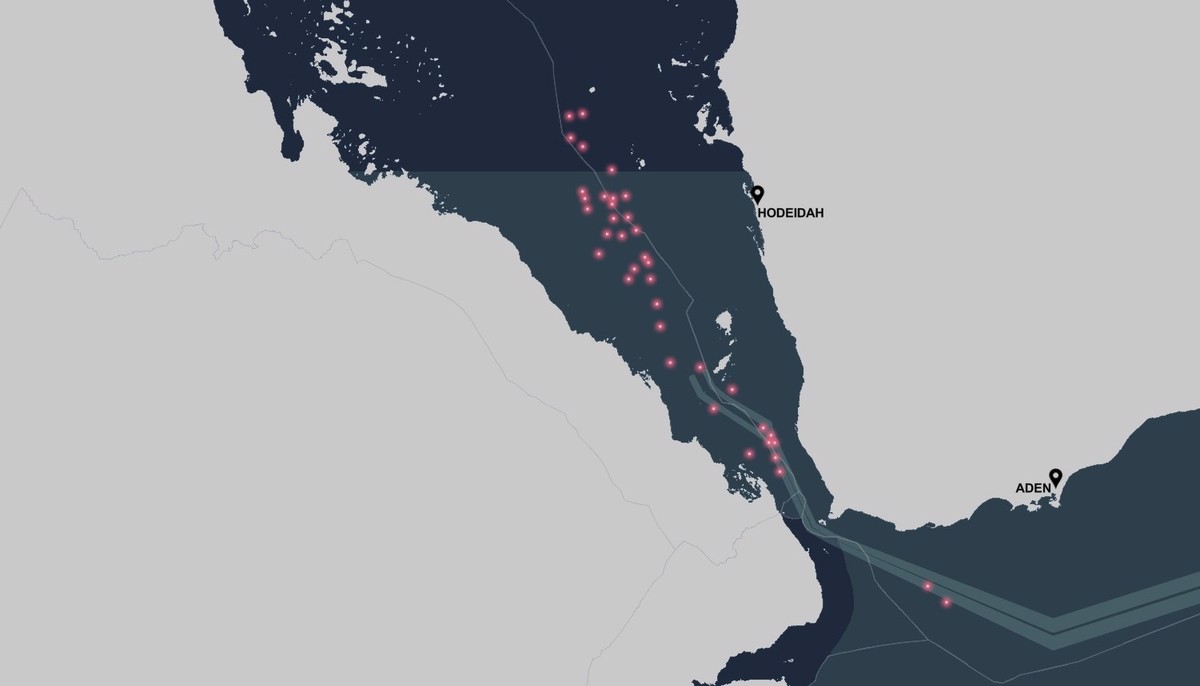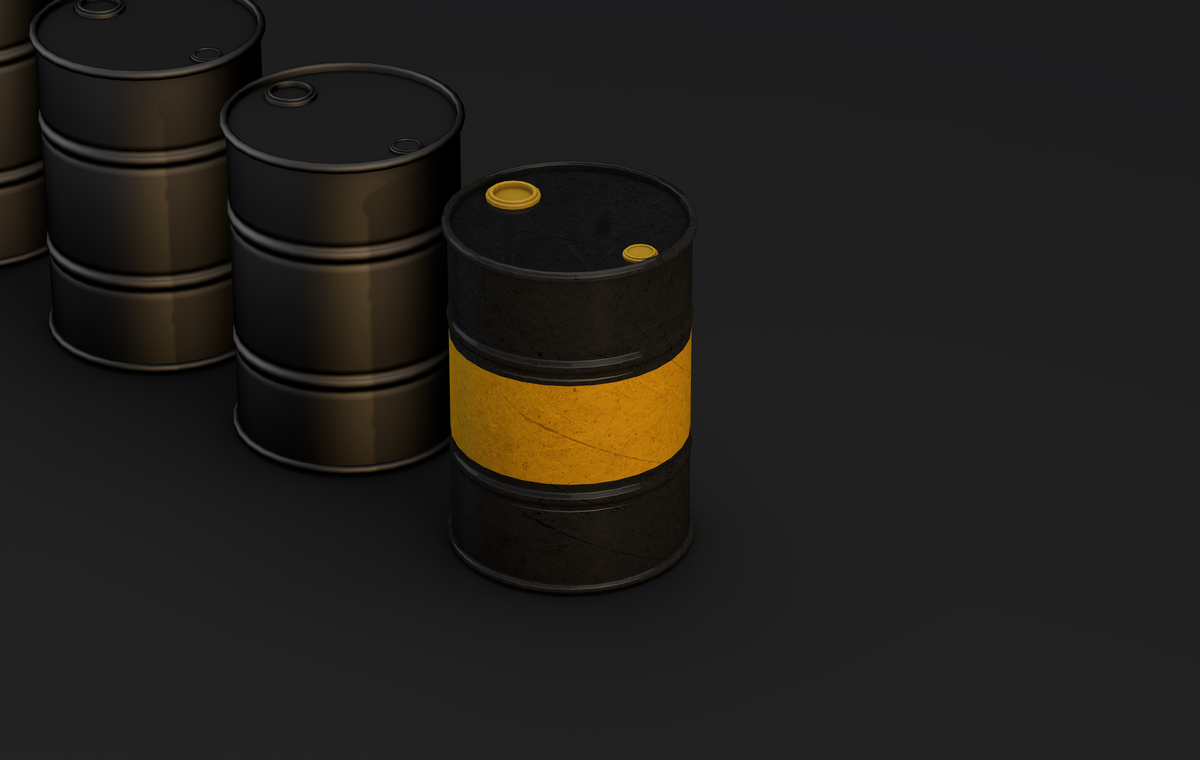Red Sea transit will incur an additional war-risk premium
War risk insurance premiums soar as Protection and Indemnity (P&I) clubs expand their additional premium zones across the Indian Ocean, Gulf of Aden and Southern Red Sea.
 MAP: Conflict zone in Red Sea region as of 28 December. Ambrey Analytics
MAP: Conflict zone in Red Sea region as of 28 December. Ambrey Analytics
Ambrey, a maritime risk management firm, reports that war risk insurance premiums have increased dramatically as the risk of "collateral damage” matures. Luxembourg-based West of England Ship Owners Mutual Insurance Association (West of England P&I Club) calculates that premiums have increased to 0.5-0.7% of the ship's value from 0.07% in early December.
Red Sea unrest results in additional premiums
Due to the ongoing Houthi attacks on merchant vessels transiting the Red Sea, marine insurers have warned vessel owners and operators to avoid the Red Sea route.
The International Association of Independent Tanker Owners (Intertanko) “had detailed discussions with many charterers and commercial operators and from this Members should consider discussing the option of rerouting via the Cape of Good Hope with their charterers,” UK P&I Club said in a statement last Friday.
“Some charterers have stated that they will look favourably on any such requests and agree that this is preferable to the risks of transiting the southern Red Sea region and Gulf of Aden,” the statement added.
Shipping companies including A.P. Moller-Maersk, CMA CGM, Hapag Lloyd and several others announced diverting some or most of their vessels from the Red Sea to avoid attacks by the Houthi militia.
However, CMA CGM and Maersk recently confirmed that they are considering resuming transit through the Suez Canal.
Now, several P&I clubs have warned vessel owners and operators that they will have to pay an “additional premium” if they choose to operate in the Red Sea region susceptible to Houthi attacks.
UK Mutual War Risks Association, The London P&I Club and Standard P&I Club have expanded additional war risk premium areas to include a broader part of the Indian Ocean, Gulf of Aden and Southern Red Sea. These additional premiums will be applicable from 5 January 2024 on all ships.
War risk premiums will rise in "high-risk" areas
P&I insurance normally excludes war risk coverage for damage caused by conflict, rebellion, civil unrest or terrorism. Shipowners pay an additional premium, usually annual, for war-risk insurance coverage.
However, marine insurers also levy an “additional premium” on areas where there is ongoing unrest and a high risk of collateral damage.
“An Additional Premium which becomes payable when a ship intends to enter an excluded area presenting a perceived enhanced risk,” London P&I Club explains. “These premiums are also charged as a percentage of the ship’s insured value, and usually cover a seven-day period.”
The Joint War Committee of Lloyd's Market Association and International Underwriting Association recently expanded the high-risk zone in the Red Sea from 15° north to 18° north. It also widened the high-risk zone near Eritrea, an African country on the Red Sea coast, in preparation for missile strikes. The International Bargaining Forum of seafarers has also designated the southern section of the Red Sea and Bab El Mandeb Strait as a “High Risk Area” from 22 December.
“In turn, this will have a 'trickle-down' impact on war risk insurance premiums for vessels intending to sail through such areas,” the West P&I Club said last week.
Some insurers are offering discounts on war-risk premiums “if armed guards are enlisted for Red Sea transits”, to lower the surcharge, according to the UK P&I Club citing an Intertanko report.
“It should be noted that if such guards are embarked, then the risk of escalation of the conflict cannot be ruled out, particularly in the event of a fire fight during a helicopter-borne assault,” UK P&I Club concluded.
By Konica Bhatt
Please get in touch with comments or additional info to news@engine.online





